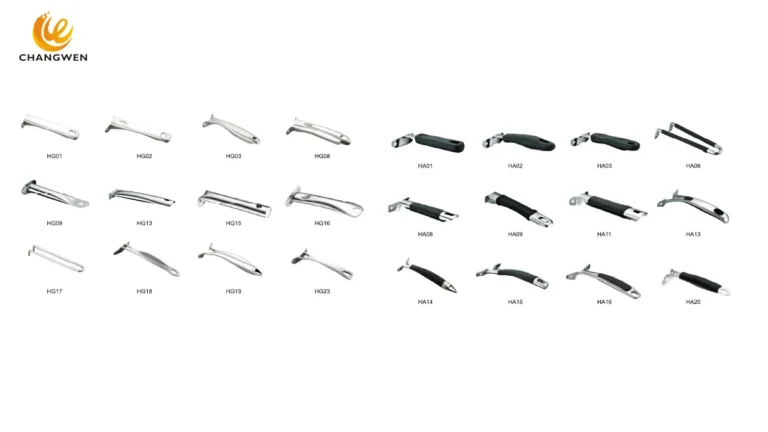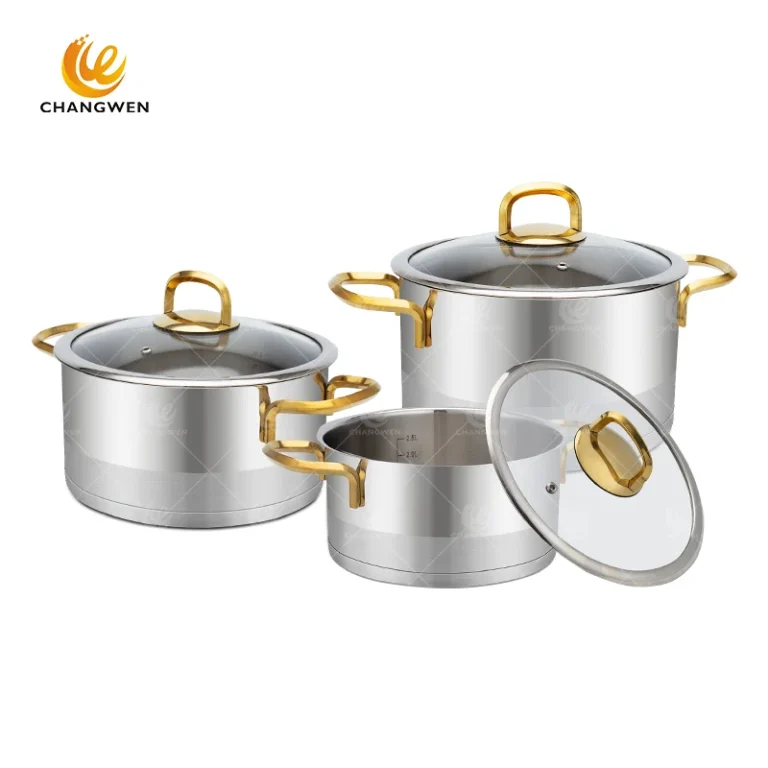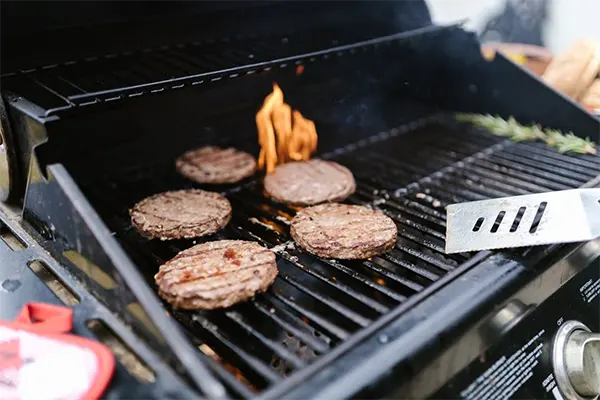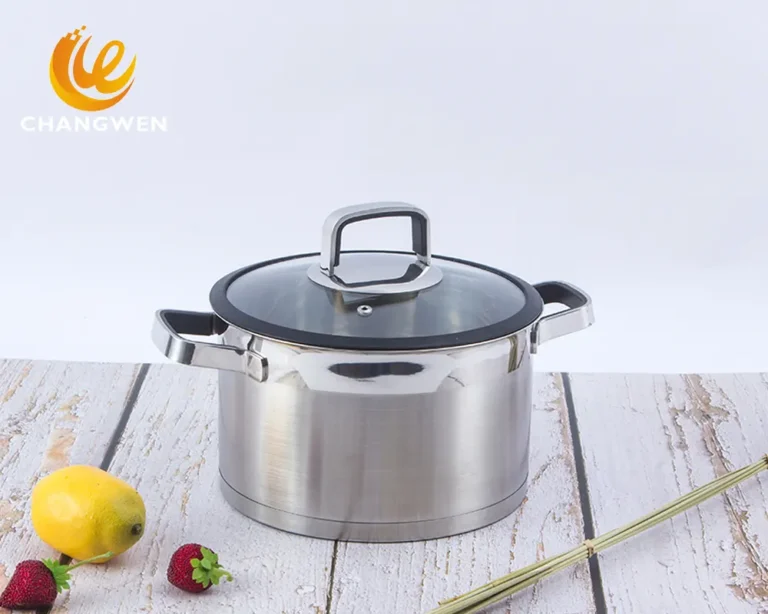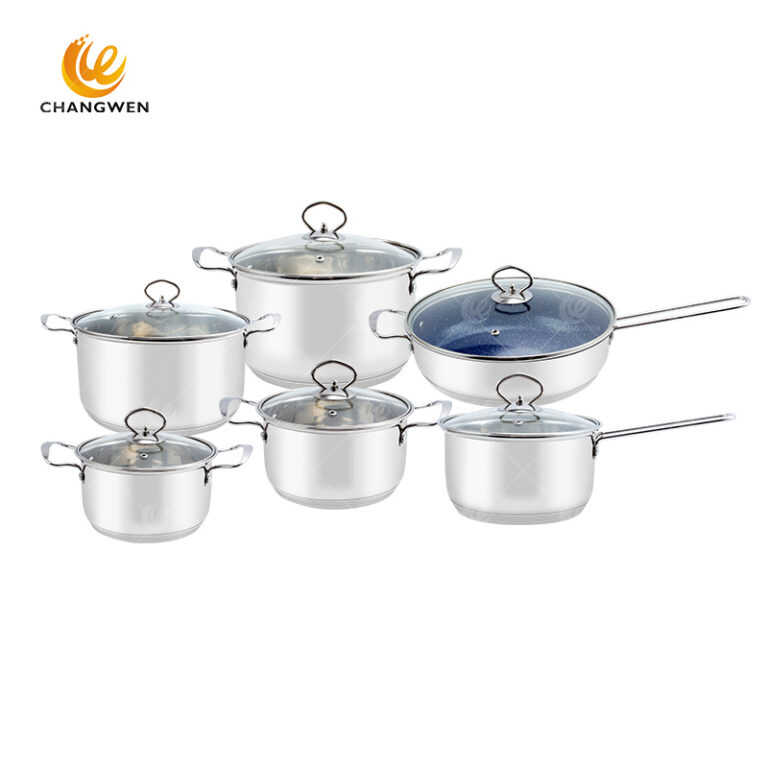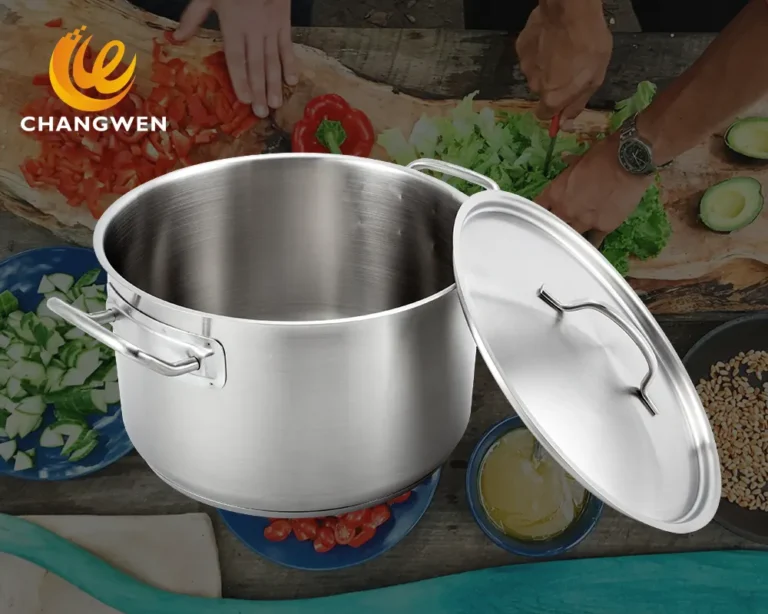The Ultimate Guide To Stainless Steel Non Stick Cookware – All You Need To Know
Stainless steel non-stick cookware is a major invention in the field of kitchenware. It is one of the most popular inventions, because non-stick pans greatly reduce the difficulty of cooking, and delicious dishes can be easily made without any cooking experience. What are the common problems of stainless steel non-stick cookware? Let’s analyze it in depth.
Is stainless steel non-stick cookware coated?
Stainless steel non-stick cookware is coated.
To become a non-stick pan, a very important material is polytetrafluoroethylene coating. This special coating can play the role of a non-stick pan, and as long as the cooking temperature is controlled within 260 degrees, there will be no problem.
Before the polytetrafluoroethylene coating was developed, it did happen that the fluorooctanoate produced when the non-stick pan material was stir-fried with food had a risk of carcinogenesis, which made people very scared. But after the appearance of polytetrafluoroethylene coating, after so much research and development, its mutual fusion with metal is very close, and its chemical properties are very stable within the temperature of 260 degrees, and it will not react with anything. But it should be noted that this layer of coating cannot be scraped with a steel wool or a shovel. Once the worn coating does not have the effect of a non-stick pan, the coating will also react with things to produce substances that affect people’s health.
How to make stainless steel non-stick cookware
Pot forming
Making pots starts with a stainless steel disc. After stamping and stretching, the pot is formed!
Composite pots
In order to conduct heat evenly and adapt to induction cookers, a composite aluminum layer and 430 stainless steel are required for the bottom of the pot. It is synthesized by hot bottoming. That is, first heat the metal surface to be in contact to 500℃, and then send it to the friction press to combine vigorously.
Inner surface spraying
The spraying process of the non-stick layer is “heating – spraying layer – heating – spraying layer again”. First, it is the preheating stage before spraying. The pot must be preheated before it can be better combined with the coating.
Baking and shaping
Finally, it goes into the baking tunnel for baking and shaping.
Polishing the outer surface
After cooling, polish the surface.
Assembly stage
Finally, the handle and lid are installed, and after wiping clean, the plastic film is wrapped and the quality inspection mark is put in after strict quality inspection, and then it is packed and boxed for shipment.
Classification of non-stick coatings
There are many types of non-stick pans, but they are mainly made of two types of non-stick coatings.
Teflon coating
The most common non-stick coating in our lives is Teflon coating, whose scientific name is “polytetrafluoroethylene (PTFE)'”. It is an extremely stable artificial polymer that does not react with any substance, and any strong acid or alkali cannot do anything to it.
At the same time, PTFE is the substance with the smallest friction coefficient and the lowest surface tension among solids. Therefore, its high lubricity and high non-stick properties make it widely used in non-stick pans, solving the sticking problem that has plagued the public for many years.
The only disadvantage of PTFE is that it is not resistant to high temperatures. It will start to volatilize when heated above 260℃ and start to liquefy at 327℃. Is the non-stick coating harmful to the human body? Will it cause cancer? It has always been a hot topic that the public is more concerned about. In fact, there is no need to worry.
First of all, for family stir-frying, the highest oil temperature is only 70% to 80%, about 200℃, which will not damage PTFE. Even if the oil temperature is really heated to 90%, what you should worry about is the harmful substances in the burnt food, not the volatilization of Teflon.
Ceramic coating
Ceramic coating does not mean a non-stick coating made of ceramic. It is a coating made of inorganic minerals and polymethylsiloxane Q. The advantages are that it is safer than Teflon, more resistant to high temperatures (450°C), and more plastic in appearance.
However, the non-stickiness of ceramic coating is much lower than that of Teflon non-stick pans, and it is very easy to fall off, and the service life is extremely short. If ordinary Teflon non-stick pans can be used for 1 year, then ceramic non-stick pans can only be used for about 1-2 months, and the cost performance is extremely low.
The coatings used in honeycomb stainless steel non-stick pans and medical stone non-stick pans on the market are also Teflon coatings.
Honeycomb stainless steel non-stick pans are Teflon coatings in the gaps of honeycomb embossed protrusions.
Medical stone coating non-stick pans are imitation stone non-stick coatings with minerals added to Teflon coatings to make patterns.
Can stainless steel non-stick pans be fried?
Non-stick pans cannot be fried. Because the safe use temperature of non-stick pans should not exceed 260℃, if the oil temperature reaches about 300℃, its film may be damaged and the harmful component perfluorooctanoic acid amine will be released. The temperature of frying is generally higher and will exceed 300 degrees, so it is not suitable for frying.
New titanium uncoated stainless steel non-stick cookware
What is titanium uncoated?
Titanium is a metal with excellent physical properties. It is used in important parts of space shuttles and deep-sea submersibles. It has high strength and stable performance.
This “titanium uncoated” pan is made of amorphous titanium alloy material on the base of a pan composed of multiple layers of composite metal. It is clad to the inner surface of the cooker body through supersonic plasma cladding, and then cooled to form a physical anti-stick material layer on the inner surface of the pan.
Due to the properties of titanium alloy itself, the advantages of using it in cookware are obvious.
The cladding is a layer of medical-grade biophilic metal that has been integrated with the pot body.
It is not a Teflon chemical coating. Whether it is scraped with a spatula, brushed with a steel ball, or a large temperature difference between cold and hot, the high strength of titanium alloy prevents it from falling off.
In addition, the properties of titanium alloy are very stable, so it is resistant to acid and alkali corrosion, does not rust, and will not react with food and sauces, and has no toxic side effects on the human body.
Conclusion
Stainless steel non-stick cookware is corrosion-resistant, rust-free, beautiful, lightweight, and non-stick to meet the daily cooking requirements of the kitchen. However, you need to pay attention to the non-stick coating. If it falls off, you need to replace it in time.

